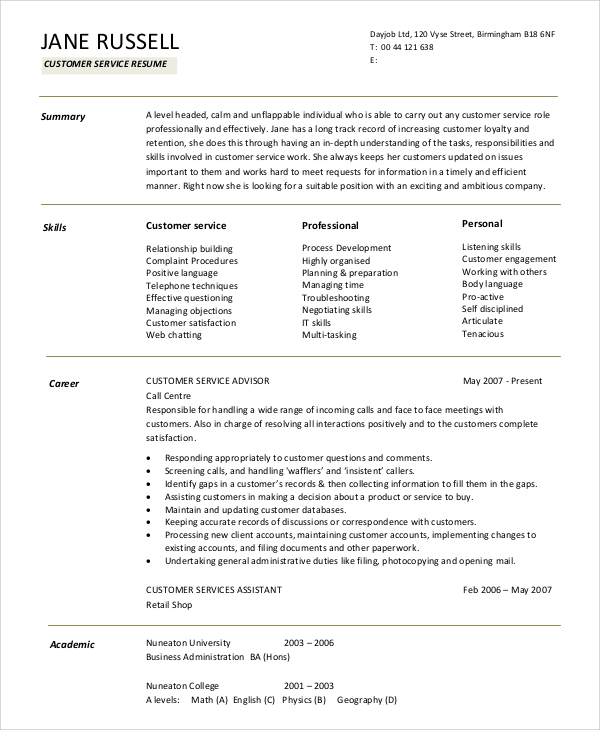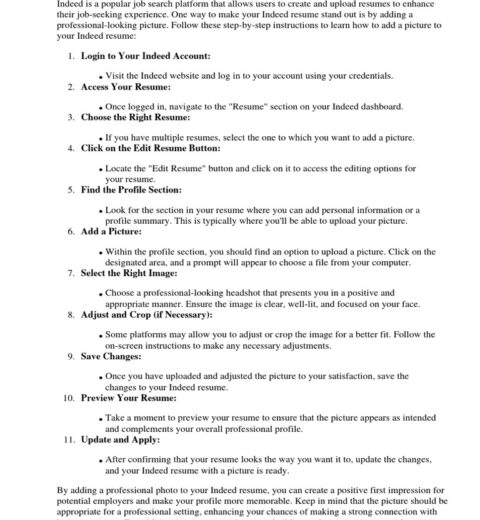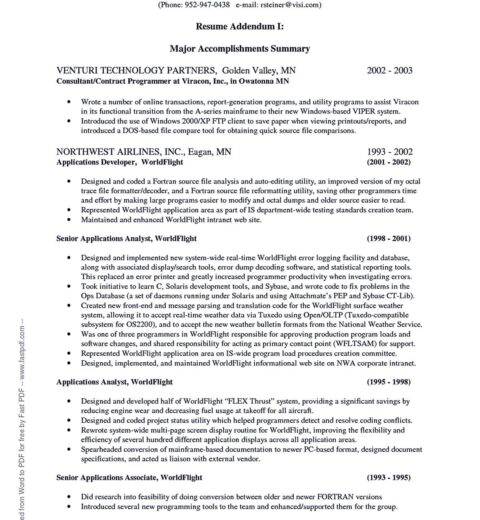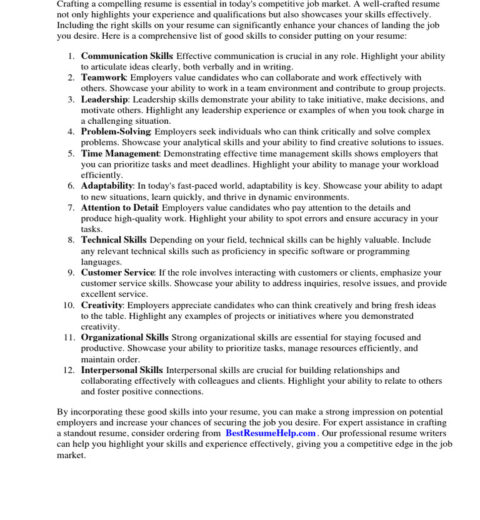Crafting a resume includes various components, with one of the most critical being the summary statement. Often, job seekers underestimate this section’s importance and, in doing so, may detract from their chances of making a stellar impression on potential employers. Have you ever wondered what it takes to create a winning resume summary that encapsulates your professional narrative? The challenge lies not only in the words chosen but also in capturing the essence of who you are as a candidate.
The purpose of a resume summary is multifaceted. It serves as an engaging introduction, a snapshot of skills, and a bridge that connects your past experiences with your future ambitions. Given how quickly hiring managers sift through applications, a compelling resume summary can make or break your chances. So, what should you include in this vital segment to ensure that it resonates with the audience?
1. Understand Your Audience
Before diving into the content creation, it’s essential to comprehend the position you are targeting and the characteristics that the employer values. Research the company culture and industry standards. Tailoring your summary not only cultivates a personal connection with the reader but also showcases your dedication to the role. When you align your summary with the company’s ethos, you portray yourself as a thoughtful candidate who takes the time to understand the organization.
2. Start with a Strong Introduction
Your resume summary should commence with a powerful sentence that encapsulates your profession, years of experience, and core competencies. For example, instead of writing, “I am a graphic designer,” you could say, “Innovative graphic designer with over seven years of experience in creating visually compelling content that enhances brand identity.” Such an introduction is not merely a statement of fact; it invites curiosity and encourages the reader to continue.
3. Highlight Key Skills
Following your introduction, it’s imperative to delve into specific skills that you possess, which align seamlessly with the job description. Identify the top three to five skills that are in high demand for the position and articulate them judiciously. For instance, if you are applying for a marketing position, you might include skills such as digital marketing expertise, data analysis, and content creation. Listing skills this way paints a vivid picture of what you bring to the table.
4. Showcase Achievements
Merely stating your responsibilities in past roles does little to elevate your resume summary. Instead, divulge quantifiable achievements that underscore your proficiency and impact. Use metrics or concrete outcomes wherever possible. For example, “Increased sales by 30% within six months through innovative digital marketing strategies,” is far more compelling than simply stating “Responsible for marketing.” Such achievements act as testimonials of your capabilities.
5. Infuse Your Personality
While professionalism is key, your summary should also reflect your personality. Infusing a touch of your character—whether it be enthusiasm for the field, a commitment to excellence, or a collaborative spirit—can distinguish you from other candidates. A sentence like “Passionate advocate for sustainable design, committed to crafting impactful solutions that promote environmental stewardship,” introduces your values and priorities to the impending employer.
6. Tailor for Each Position
A common misstep among applicants is utilizing a one-size-fits-all approach to their resume summary. While it may save time, it often leads to a lackluster result. Each position warrants a unique summary that speaks directly to the job at hand. By customizing your summary for each application, you demonstrate a genuine interest in that specific role and a deeper understanding of its requirements.
7. Keep It Concise and Focused
While details are crucial, keep in mind that brevity is equally important. Aim for a summary that is around three to five sentences long. This length allows you to provide enough information to entice the reader while maintaining the conciseness that respects their time. A summary filled with fluff or unnecessary details dilutes your message and may disengage potential employers.
Examples That Work
To provide clarity on how to construct an effective resume summary, here are a few examples:
- Experienced Software Engineer: “Results-driven Software Engineer with 8 years of experience designing scalable applications. Expert in Java and Python, with a proven track record of improving software efficiency by up to 25%. Adept at collaborative problem-solving and agile methodologies.”
- Customer Service Manager: “Dynamic customer service manager with over 10 years of experience enhancing customer satisfaction levels through strategic leadership and training programs. Successfully reduced customer complaints by 40% while increasing net promoter scores significantly.”
- Digital Marketing Specialist: “Creative digital marketing specialist with a knack for captivating audiences through innovative social media campaigns. Increased engagement rates by 50% across platforms in less than a year, leveraging data analytics to inform strategies.”
Conclusion
Incorporating these strategies into your resume summary can significantly boost your visibility and desirability as a candidate. By articulating your skills, showcasing achievements, and tailoring your summary for each role, you will present yourself as a thoughtful, engaged, and highly qualified applicant. The challenge is clear: transform that resume summary into an unforgettable introduction that not only opens doors but also sets you apart in an increasingly competitive job market.




